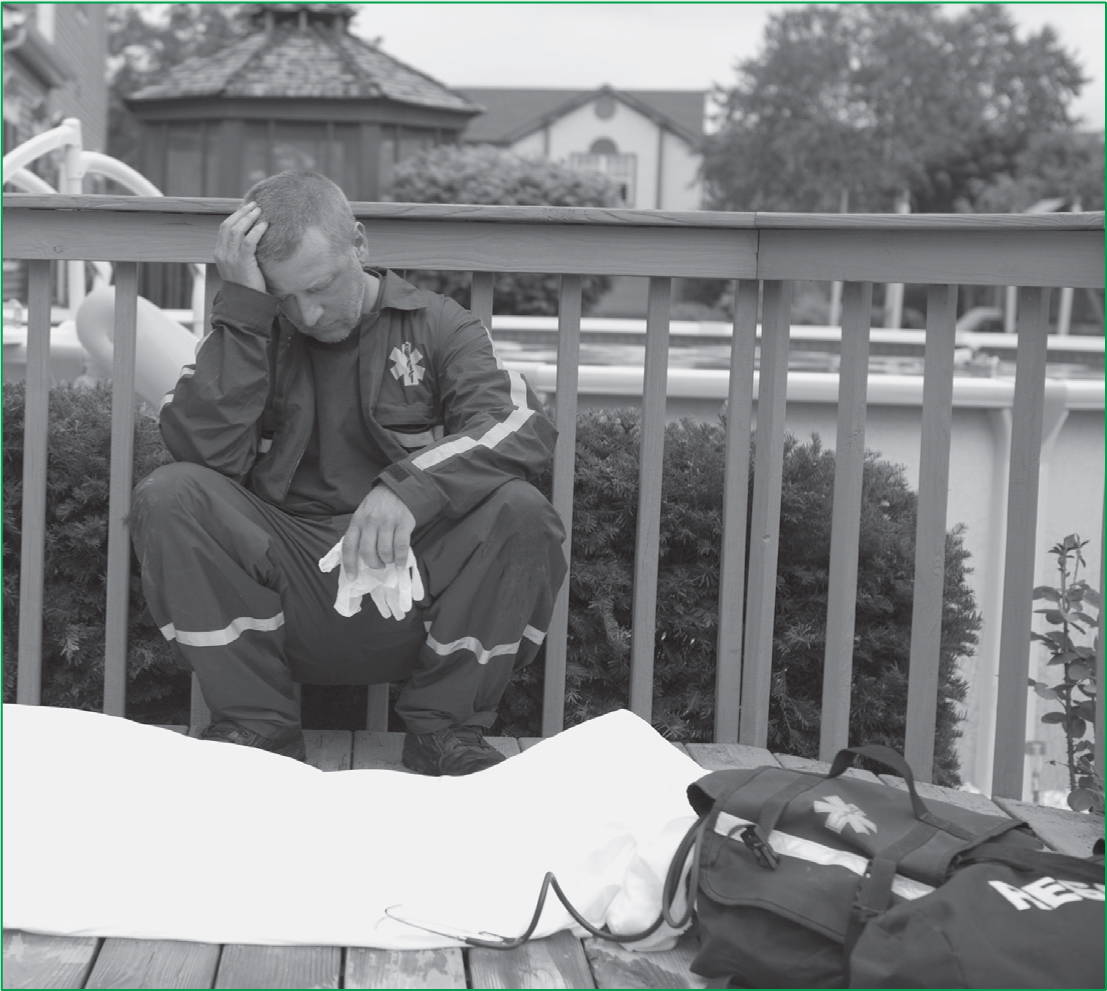
Increasingly research is exploring attributes other than clinical competence that paramedics may need in order to effectively manage the healthcare of their patients. One such quality is that of empathy. Empathy is defined in different ways, but in healthcare it is frequently associated with the ability of an individual practitioner to appreciate and contextualise the patient’s experience, feelings and circumstances while retaining a professional objectivity. There is little previous work on paramedic empathy so the aim of this cross-sectional study was to assess the extent of empathy in paramedic students from seven different universities in Australia.
The research achieved a 42.9% response rate with a convenience sample of 783 (female n=449/57.3%) students completing a paper-based questionnaire: first year students n=377; second year students n=246; third year students n=150. As this only totals 773, it is possible that 10 students did not complete this element of the demographic data.
Another area that requires further detail is where the paper refers to the involvement of students from Years 1, 2 and 3, but then Table2 gives data for Year 4. This could possibly be linked to the ‘double degree’ that is mentioned, but some clairif cation on this point would be helpful.
The questionnaire was based on the Medical Condition Regards Scale (MCRS) using a 6-point Likert scale; 1=strongly disagree through to 6=strongly agree. It included statements pertaining to acute mental illness; substance abuse; attempted suicide; intellectual disability.
Overall, the medical conditions of acute mental illness (mean [M]=50.82), attempted suicide (M=50.24) and intellectual disability (M=50.91) produced mean scores just above 50 which indicates reasonable/good empathetic regard.
Substance abuse attracted a mean of M=41.57 with a Standard Deviation (SD) of 12.29, indicating a low empathetic regard to this category of patient. The authors note that this finding is of some concern as previous research has indicated improved outcomes for patients with substance abuse disorders when exposed to empathetic healthcare workers.
In general, females reported higher levels of empathy in all four of the medical conditions, although not always at signif cant levels.
This study is not equipped to offer reasons for this, and further research is needed to attribute causality to these findings.
As with other research, the study has limitations. The sample was a convenience sample and this may have introduced bias and could have compromised the representativeness of the sample. In addition, the MCRS is a self report questionnaire and this type of instrument can, on occasion, result in over or under reporting of phenomena.
This is an interesting study which should be considered as a starting point for further research both in educational and clinical practice settings to explore whether or not empathy has a role in patient care and, if so, to determine howto facilitate development of levels of empathy in paramedics while ensuring that they do not become too emotionally involved with their patients.
